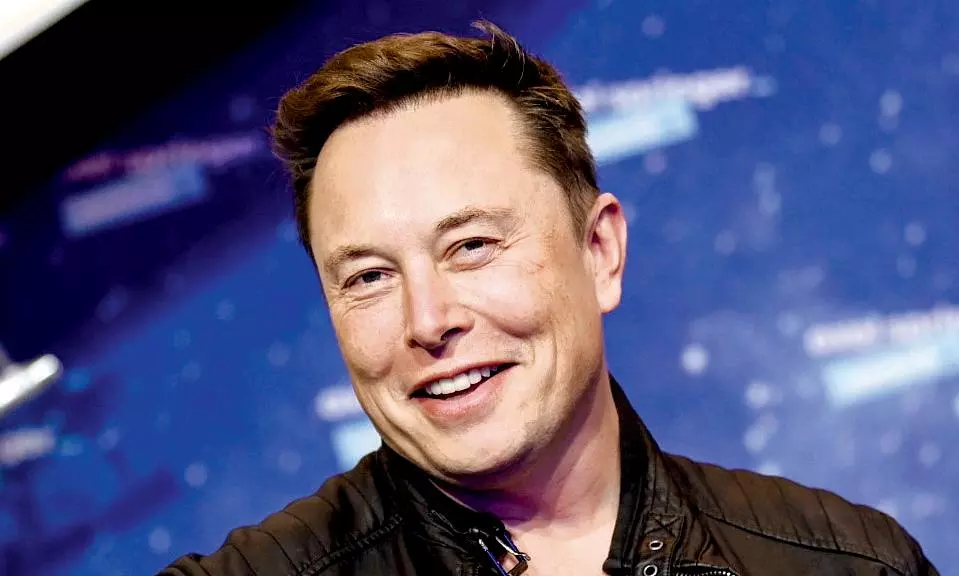Will Elon Musk's Starlink Revolutionize India's Satellite Communication and OTT Industry?

The saga of satellite communication in India has been marked by triumphs, setbacks, and a relentless pursuit of excellence. As the world witnessed the rise and fall of giants like Iridium and ICO Global, India stood at the threshold of satellite privatization, aiming to carve its path in the realm of space technology. Amidst the challenges and triumphs, one question looms large: Will Elon Musk's Starlink project reshape India's satellite communication and Over-The-Top (OTT) industry?
The narrative of satellite technology in India intertwines with the country's quest for connectivity and innovation. Agrani Satellite Services Limited, heralded as India's pioneer in satellite ventures, initially aimed to address the nation's telecom infrastructure woes and burgeoning broadcasting industry demands. However, geopolitical challenges, including US sanctions post-Pokhran, tested the resilience of India's space aspirations. Despite the hurdles, Agrani Satellite Services persevered, eventually evolving to support India's Direct-to-Home (DTH) services, marking a significant milestone in the country's satellite journey.
The failures of Iridium and ICO Global served as cautionary tales, prompting India to fortify its regulatory framework and emphasize reliability in satellite communication. While Agrani adapted to the changing landscape, the emergence of alternative satellite phone services in India underscored the nation's capacity for innovation and resilience in the face of adversity.
Fast forward to the present, Elon Musk's Starlink emerges as a beacon of hope for India's connectivity aspirations. With promises to revolutionize internet connectivity, telecommunication services, and various sectors including education, healthcare, and agriculture, Starlink holds the potential to bridge digital divides and foster inclusivity across India's diverse landscape.
In the context of India's burgeoning OTT industry, satellite technology assumes newfound significance. The convergence of satellites with OTT platforms reshapes content delivery dynamics, offering reliable high-speed internet connectivity even in remote areas. This convergence empowers OTT providers to deliver diverse digital content tailored to regional preferences, thereby enhancing viewer experiences and expanding subscriber bases.
Satellite-enabled OTT services in India are poised to capitalize on technological innovations and regulatory frameworks to drive sustainable growth. By leveraging satellite connectivity, OTT platforms can deliver personalized, on-demand entertainment experiences that cater to the diverse preferences of Indian audiences, transcending geographical boundaries and technological constraints.
The integration of satellite communication with 5G networks and AI-driven solutions further amplifies the prospects for Indian OTT platforms, redefining user experiences, content discovery, and service delivery in the dynamic digital ecosystem. Through strategic collaborations and innovative revenue models, the future of satellite-enabled OTT services in India appears bright, promising industry players opportunities to navigate the evolving digital landscape and drive inclusive growth.
Beyond entertainment, the potential of satellite technology extends to vital sectors such as healthcare and education, offering a lifeline to underserved communities in India's heartland. With satellites poised to deliver prosperity and connectivity to the farthest reaches of the country, the vision of leveraging technology for societal transformation inches closer to reality.
In conclusion, Elon Musk's Starlink project represents not just a technological marvel but a catalyst for socio-economic progress in India. As the nation embraces satellite-enabled connectivity, the stage is set for a new chapter in India's journey towards a digitally empowered future.

